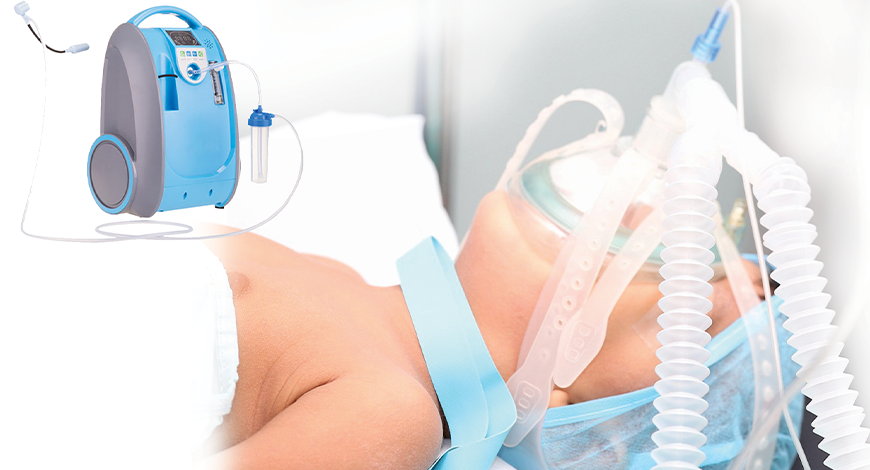Long a pillar of respiratory treatment, medical oxygen tanks give patients with different medical disorders necessary oxygen support. The design and usefulness of these cylinders are changing fast as medical technology develops.
Advancements in Cylinder Materials
The development of novel materials is among the most important changes in medical oxygen cylinders. Oxygen cylinders have historically been constructed of steel or aluminum, which, although robust, can be heavy and awkward. Among recent developments is the utilization of composite materials, including polymers reinforced with carbon fiber. These materials are far lighter than conventional metals, which facilitates handling and transportation of the cylinders.
Enhanced Oxygen Delivery Systems
Furthermore, helping modern oxygen cylinders are developments in delivery systems. To regulate oxygen flow, traditional cylinders may need manual adjustments, which can be labor-intensive and prone to human error. More recently developed models have smart technology and digital regulators that accurately control oxygen flow. By varying delivery rates depending on patient needs and real-time data, these sophisticated systems improve accuracy and comfort. Certain systems even link with mobile apps so that doctors may monitor and change oxygen levels from a distance.

Portable and Compact Designs
For oxygen therapy, particularly for patients who need it on-demand, portability is absolutely vital. Smaller, more portable oxygen cylinders have been created thanks to recent advances. Though they provide more user comfort, these small designs do not sacrifice safety or performance. Foldable or collapsed cylinders and lightweight, ergonomic shapes that fit readily into personal carry packs are among the innovations. These developments help patients to keep an active lifestyle while undergoing required oxygen treatment.
Environmental and Sustainability Considerations
Growing knowledge of environmental problems drives the medical sector to concentrate more and more on sustainability. Nowadays, efforts to minimize environmental impact constitute innovations in oxygen cylinder manufacturing. Manufacturers are looking at methods to cut waste during manufacturing and apply recyclable materials. Longer-lasting composite cylinders also help sustainability by lowering the frequency of replacements and the related environmental effects of manufacture and disposal.
Integration with Telemedicine
One major advance is the combination of telemedicine systems with medical oxygen tanks. Oxygen cylinders are being built to fit telehealth systems as remote healthcare grows. This interface lets medical professionals remotely monitor patients’ oxygen levels and general condition, therefore enabling quick interventions and changes as necessary. Better treatment of chronic diseases is also facilitated by healthcare professionals’ tracking of trends and data-driven decisions.
Exciting developments and trends poised to improve patient care and convenience define the direction of medical oxygen cylinders. From advances in materials and delivery technologies to more mobility and sustainability, these changes show an increasing dedication to raise the quality of life for people needing oxygen treatment. Medical oxygen cylinders will become ever more complex in respiratory care as technology develops, helping patients with more efficiency and convenience.










